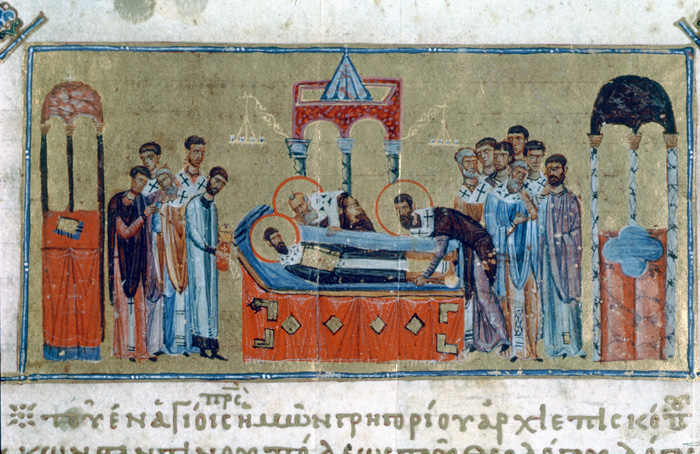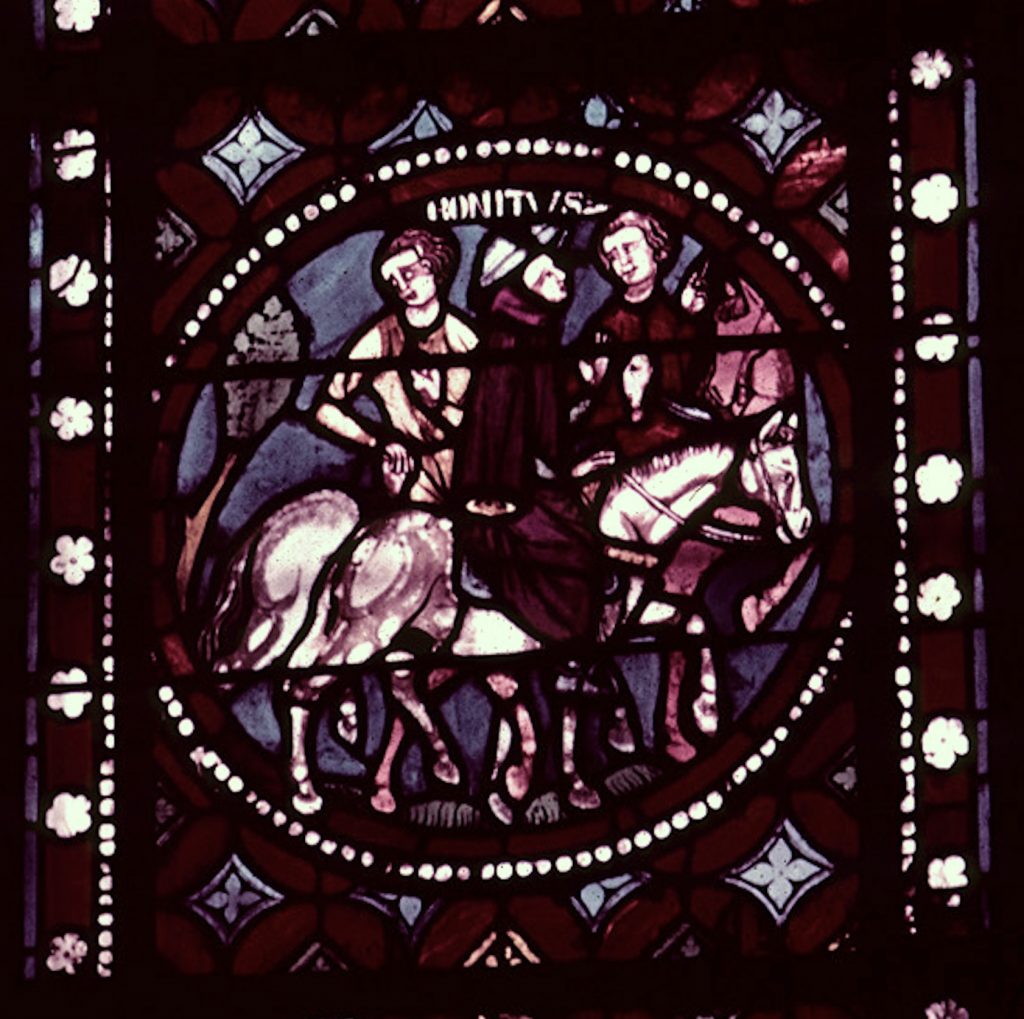

The Index staff is pleased to announce the relaunch of the Index’s digital image collections, which have recently undergone a massive upgrade. The updated platform hosts ten collections of images generously donated to the Index and made freely accessible to the public through the Index website. These unique documentary resources include more than 50,000 images of medieval art and architecture and reflect the varied interests and travels of their twentieth-century photographers. They represent a range of subjects, techniques, and media, including English medieval embroidery, medieval and Byzantine manuscripts, European choir stall sculpture and stained glass, and Gothic and Romanesque architecture.

Although the images in these collections have not been cataloged with the same level of detail as those in the iconographic database, every effort has been made to assign them basic information regarding location, date, and in many cases, iconographic subjects. The latter can be found in browse lists that include a variety of iconographic topics, including saints and martyrs, animals, zodiac, occupations, and secular and religious scenes, all updated to follow the current subject standards of the main Index database. Browsing these subject lists reveals much about each collection. For instance, the subject list for the “Opus Anglicanum” database—an image collection of medieval English needlework on ecclesiastical and secular textiles—includes numerous saints especially venerated in England, with multiple scenes for Margaret of Antioch, Nicholas of Myra, and Thomas Becket.
Browsing the subject list of another collection, the Elaine C. Block database of misericords, reveals the wide variety of drôleries that decorated the wooden under-seat structures: fantastic creatures, battling animals, and figures playing in sports and games, engaged in occupations, or enacting proverbial lessons. John Plummer’s database of medieval manuscripts includes large numbers of biblical and apocalyptic images, including scenes with Christ, David, and the Virgin Mary, and other popular saints found in late medieval prayer books. The subjects in Plummer’s collection closely resemble those found in Jane Hayward’s collection, perhaps reflecting the shared interests of two scholars were curators at major collections in New York City during the second half of the twentieth century.

The Gabriel Millet collection comprises the study and teaching images of that scholar, an important archaeologist and historian of the early twentieth century who specialized in Byzantine art. Subjects represented here include multiple biblical figures and scenes, but also Byzantine generals and emperors and several text subjects, such as the Chronicle of Manasses and the biblical psalms by number.
The Gertrude and Robert Metcalf Collection of Stained Glass is a documentary treasure for the study of Gothic stained glass. The Metcalfs, who were both stained glass artists and experienced photographers, took more than 11,000 images of stained glass from European monuments, covering sites in Austria, England, France, Germany, and Switzerland. Their images of stained glass windows are a fascinating record of a fragile artistic medium, captured during fragile times. Their travels coincided with the dawn of World War II in Europe over the years 1937 and 1939, and they produced a body of documentary evidence that became critical to postwar restoration efforts. A look at the Metcalf subject list reveals many of the expected themes in medieval iconography, but also significant iconographic cycles for several French bishops, such as Austremonius and Bonitus of Clermont, Germanus of Auxerre, and Martialis of Limoges.


Geographically, the collections cover country and city locations in four continents—Europe, Africa, Asia, and North America—from obscure sites to famous ones, and they include many types of repositories, from in-situ locations to museums, libraries, and private collections. To better accommodate browsing by region, locations in all the collections have been formatted to begin with the country. Each collection is introduced with general information about its history, scope, and image use policies. It has been satisfying to edit and release these collections—now with more consistent information and a more secure digital platform—knowing that they are now more useful to scholars. Your feedback on the collections is welcome via this form.